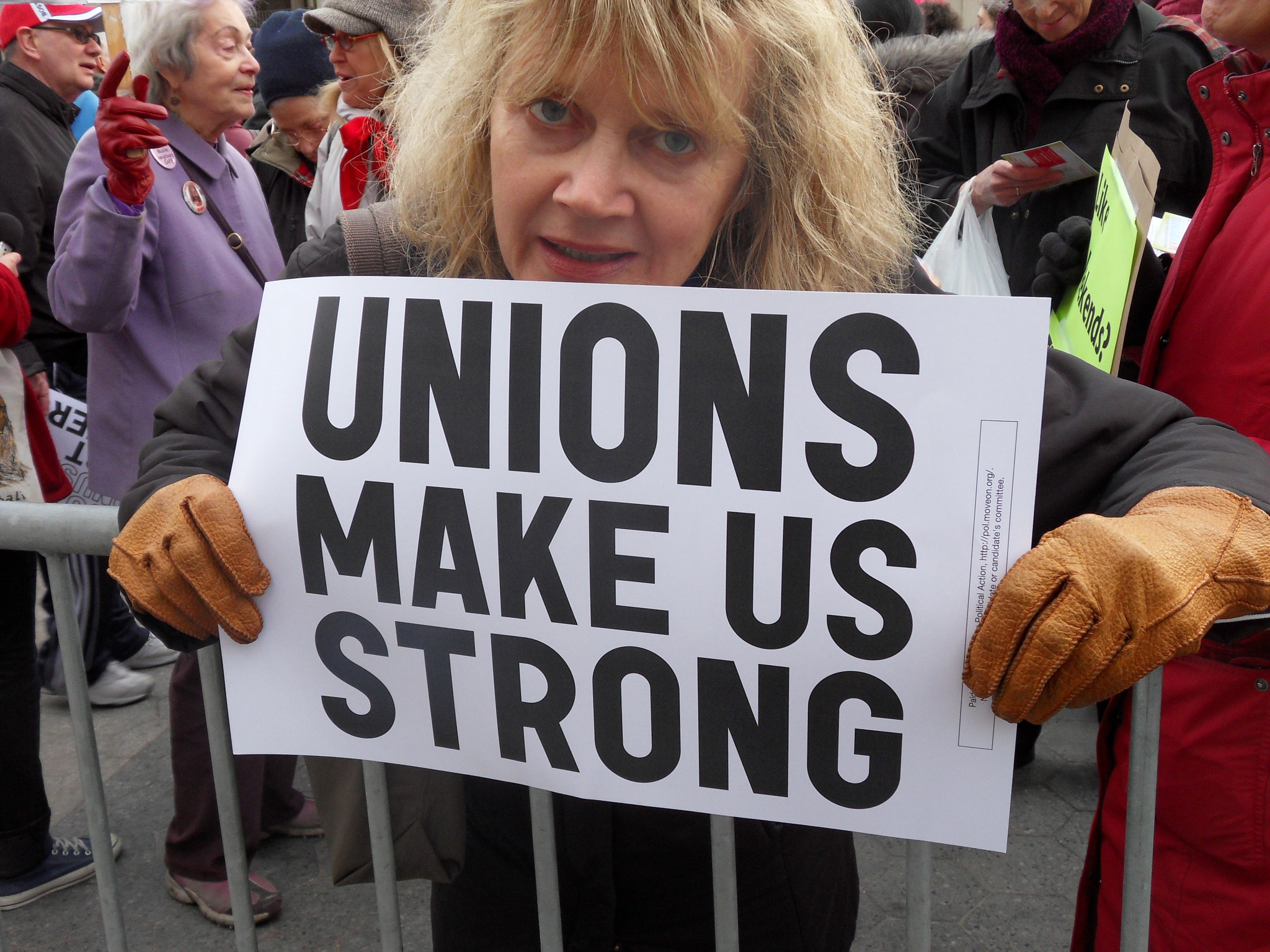10.3 Union Objectives and Structures

Unions change the face of the work place, the relationships between management and employees, and the role of HR departments. What does not change is how profits or how policies and procedures are implemented within the company. The unions role is sometimes called business unionism which means to improve working conditions for unions, protect the employee’s interests, improve wages and benefits, and improve working conditions. Essentially, they promote equal economic opportunities. Simply stated, the union sells labour. Other unions address broader social issues which are in the best interests of their memberships.
Politics and economics play a factor in this type of union called social unionism or reform unionism. Some of these issues include influencing social policies at all levels of government (municipal, provincial, federal). Union leaders speak out to improve social programs. Examples could include abuse and harassment on the job or a woman’s need to have time off at the job to care for children.
The HR department is impacted by both business and social unionism. Many policy and procedure changes have been made to improve working conditions and social conditions due to union influences. As well, non-unionized employees have benefited from unionism in the work place.
Think!
Research a specific union, a Canadian National union. What is their mission and vision statement?
Structures of Unions
Unions have a pyramidal structure much like that of large corporations. At the bottom are locals that serve workers in a particular geographical area. Certain members are designated as stewards to serve as go-betweens in disputes between workers and supervisors. Locals are usually organized into national or regional unions that assist with local contract negotiations, organize new locals, help negotiate contracts, and lobby government bodies on issues of importance to organized labour. In turn, national or regional unions may be linked by a labour federation that provides assistance to member unions and serves as a principal political structure for organized labour. Here are the basic units that compose unions:
- Local represents workers in their own workplace or town (e.g., Quebec Crane Operator, Local 791G)
- Parent union decides on union policy for all locals across the province, country or world (e.g., CSN, FTQ)
- National unions represent union members across the country (e.g. PSA, Unifor).
- International unions represent union members in more than one country (e.g. UAW, Teamsters).
- Central labour organizations do not negotiate union contracts but lobby government to pass laws favourable to unions (e.g. Canadian Labour Congress).
“10.3 Union Objectives and Structures” from Human Resources Management – 3rd Edition by Debra Patterson is licensed under a Creative Commons Attribution-NonCommercial-ShareAlike 4.0 International License, except where otherwise noted.

